

The combination of the two packaging giants aims to strengthen positioning in high-growth, high-value categories. | 360b/Shutterstock
Switzerland-headquartered packaging giant Amcor will acquire Indiana-based Berry Global in an $8.4 billion all-stock deal that’s expected to close in mid-2025, the companies announced Nov. 19, marking a continuing trend of consolidation in the packaging industry.
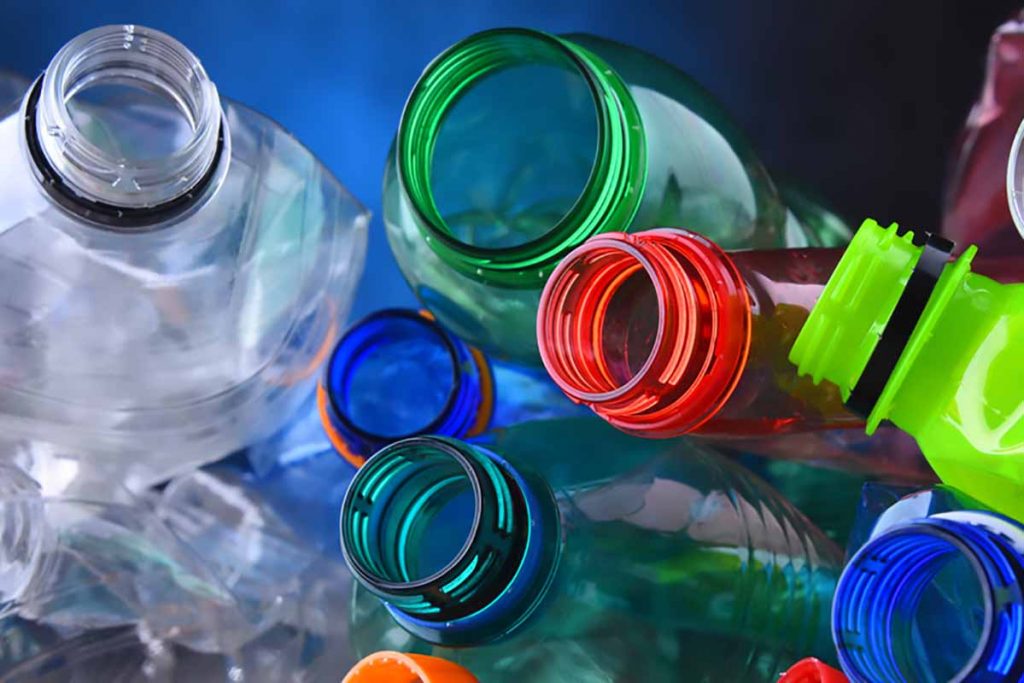
The data also indicated that RPET flake and pellet may have been imported as plastic scrap rather than resin, potentially skewing the data. | Monticello/Shutterstock
Recycling for U.S. PET bottles in 2023 gained 4 percentage points on the year to reach 33%, the highest rate since 1996, according to a report from the National Association for PET Container Resources industry group. Continue Reading
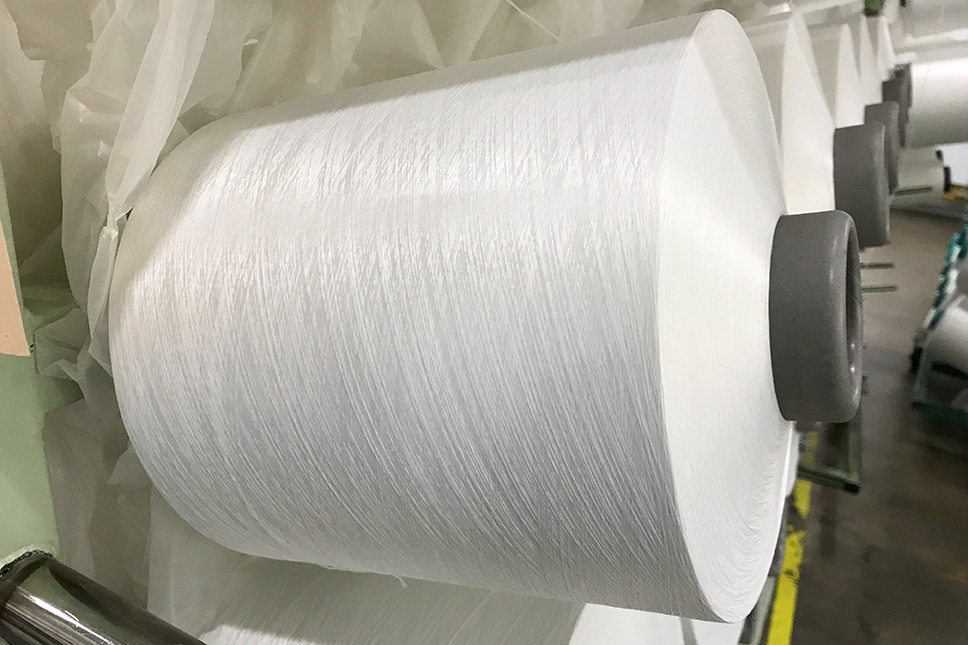
At the 2024 Resource Recycling Conference, attendees discussed a range of hard-to-recycle materials, including textiles. | RecycleMan/Shutterstock
Policy, partnerships and planning are all crucial components of scaling up textile recycling, stakeholders said during a panel discussion at the 2024 Resource Recycling Conference. Continue Reading

About 16% of all plastic packaging in Canada was recycled in 2022, according to the latest data from the Canada Plastics Pact. | Hyotographics/Shutterstock
More plastic film was recycled in Canada in 2022 compared to 2019, but less rigid plastic made it into the system, according to the latest report from Canada Plastics Pact. Continue Reading

European recycling capacity growth slowed markedly in 2023, an industry report found. | Fahroni/Shutterstock
A combination of decreasing post-consumer resin demand, high energy costs and stiff competition from both virgin and imported recycled resin struck a blow to Europe’s reclaimers in 2023, according to an annual industry association report. Continue Reading
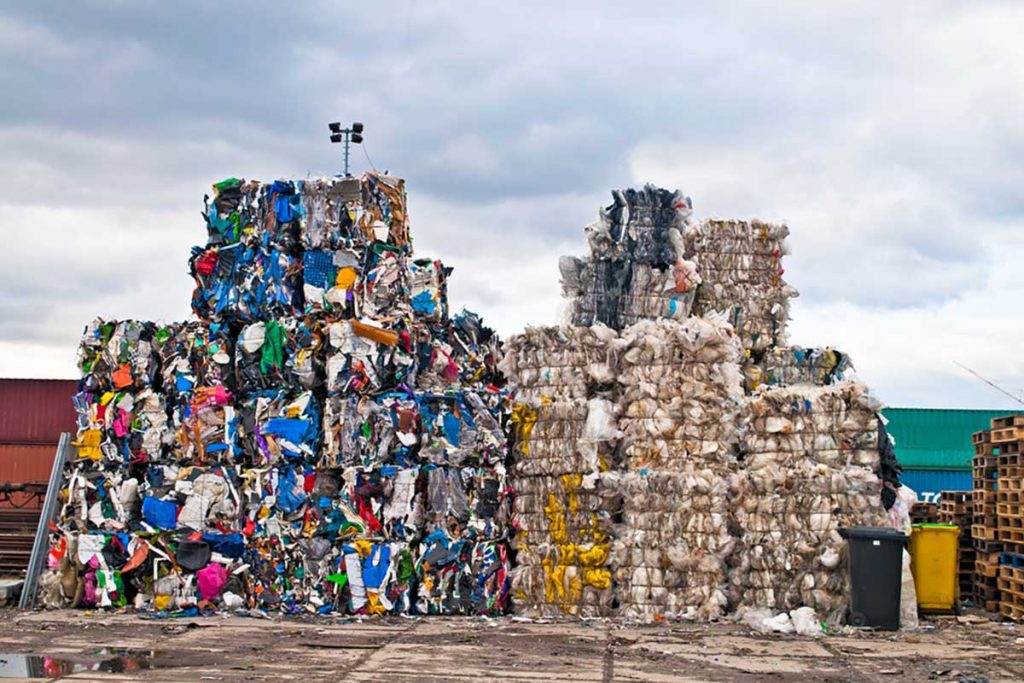
The PureCycle facility in Denver, Pennsylvania is primarily sourcing PP bales from MRFs across the Northeast. | Ulrich Mueller/Shutterstock
Polypropylene recycling firm PureCycle has started up a feedstock preparation plant in Pennsylvania, bringing in plastic bales from MRFs and extracting the PP for processing at the company’s main Ohio facility. Continue Reading
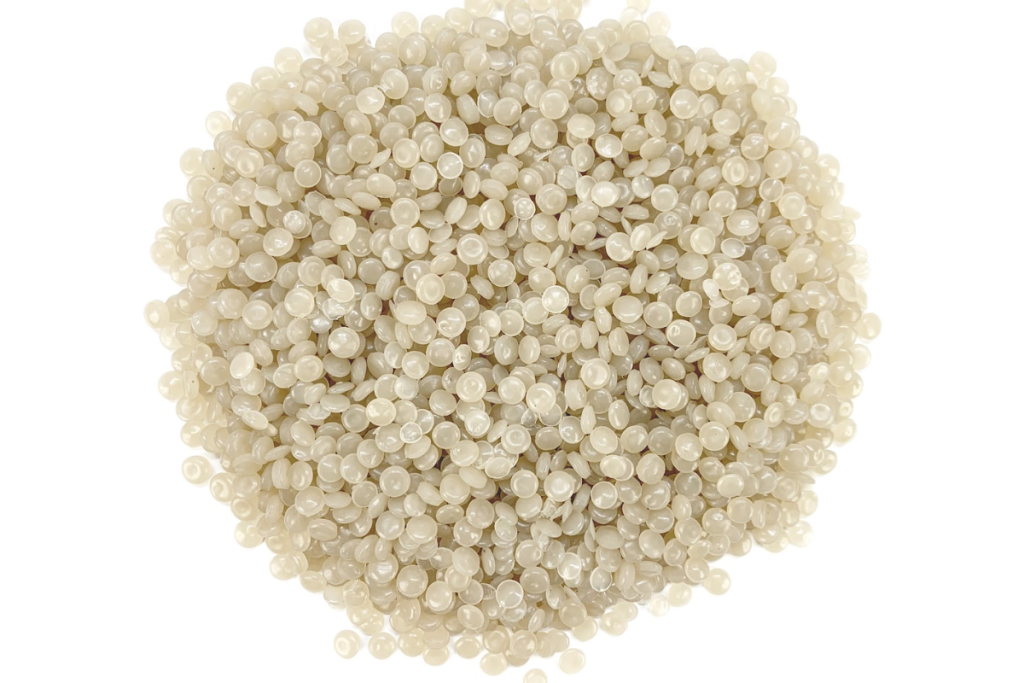
Revolution Sustainable Solutions said its latest acquisition represented a focus on food-grade packaging. | Courtesy of Revolution Sustainable Solutions
Plastics recycling and manufacturing company Revolution Sustainable Solutions continued its streak of 2024 acquisitions with the purchase of the Michigan-based Island Plastics, which Revolution said would boost capabilities in clear, food-grade resin. Continue Reading
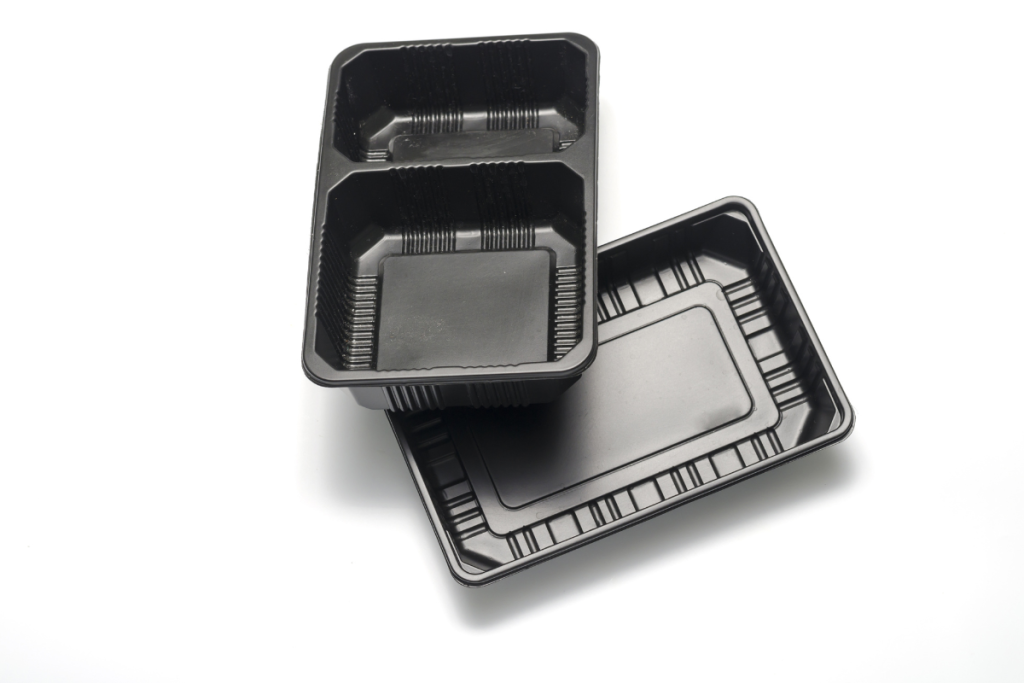
The team from Cornell and Princeton universities leveraged the colorant carbon black and LED or sunlight to break down PS packaging to the molecular level. | NisanatStudio/Shutterstock
Although additives in plastics often are viewed as problematic, researchers at Cornell and Princeton universities have developed a technique to recycle plastics containing the colorant carbon black using sunlight. Continue Reading
